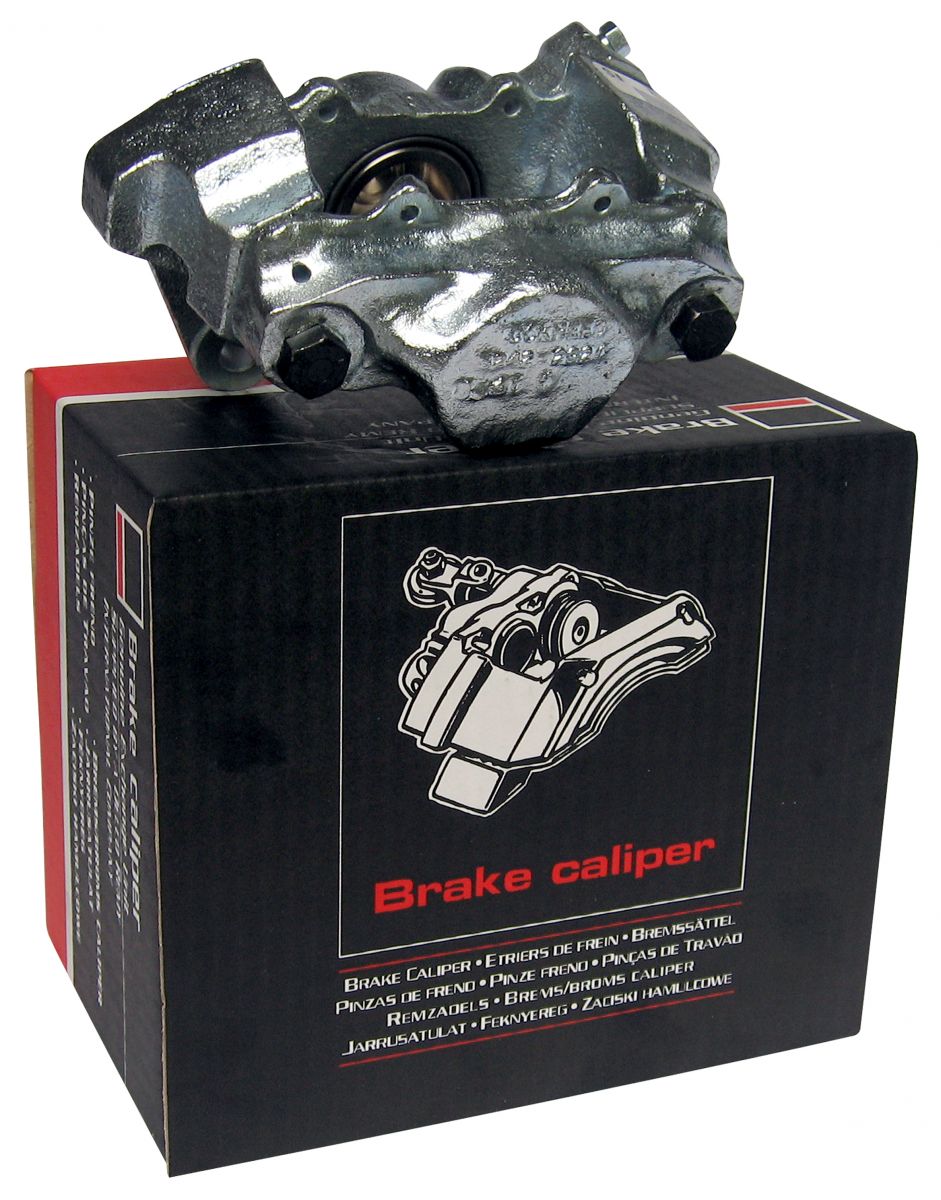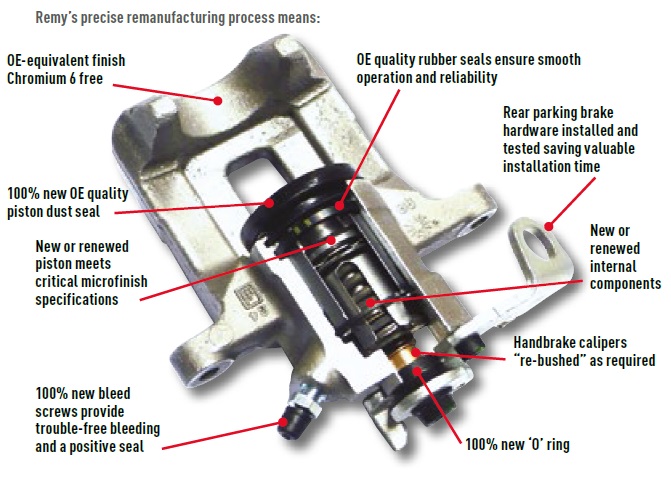Dry Braking

What to look for BEFORE you replace the caliperCOMMON FAULTS AND DIAGNOSIS There are four common braking faults and ways to diagnose an issue: • worn brake pads • worn brake discs • incorrect brake fluid levels • sensor readings
When diagnosing, all of the above probabilities need to be checked. Only when these faults have been examined should the technician look at the caliper, starting with the sliders. If the sliders are fine, then they should make the decision that the brake caliper is faulty and should be replaced. This prevents expensive labour and material costs as well as wasted ramp time owing to misdiagnosis of the fault.
Remanufactured brake calipers today are as good as the OE equivalent and represent one of the few organically growing replacement parts markets. With an annual current replacement growth of 5%, this has made brake calipers an increasingly attractive product sector for the professional UK motor factor. They offer fantastic value as a replacement part but being a safety critical item, it is essential that installers select a brand which they can be totally confident will not let them or their customers down. |
Related Articles Related Downloads |
